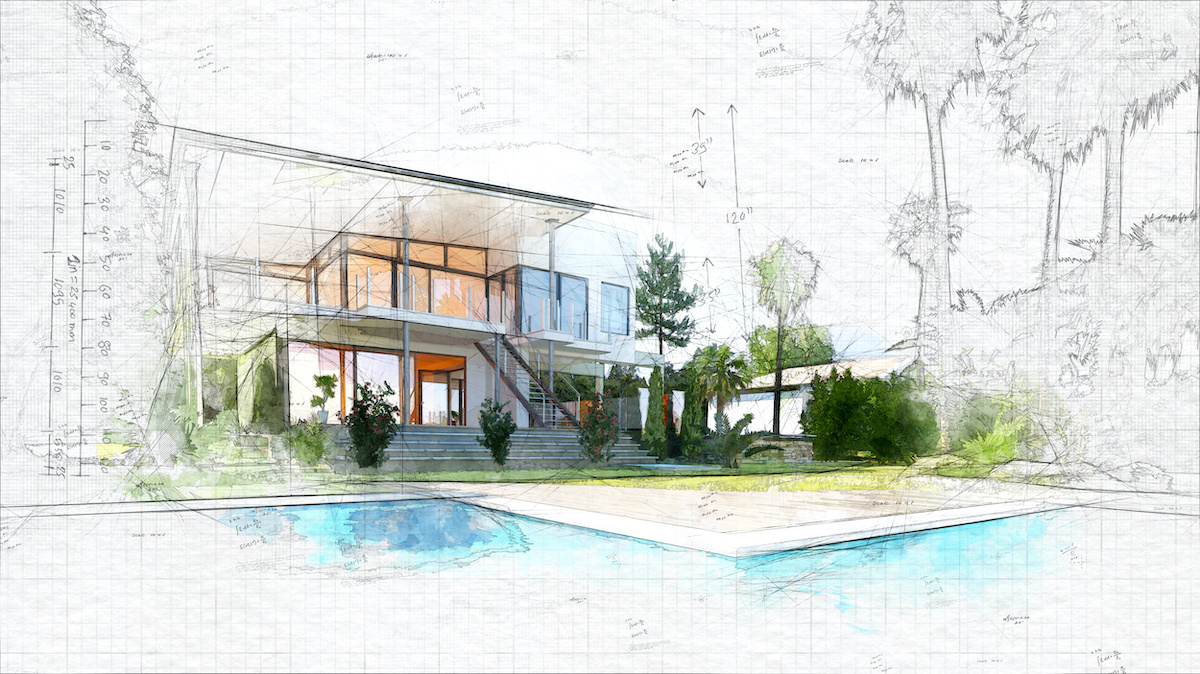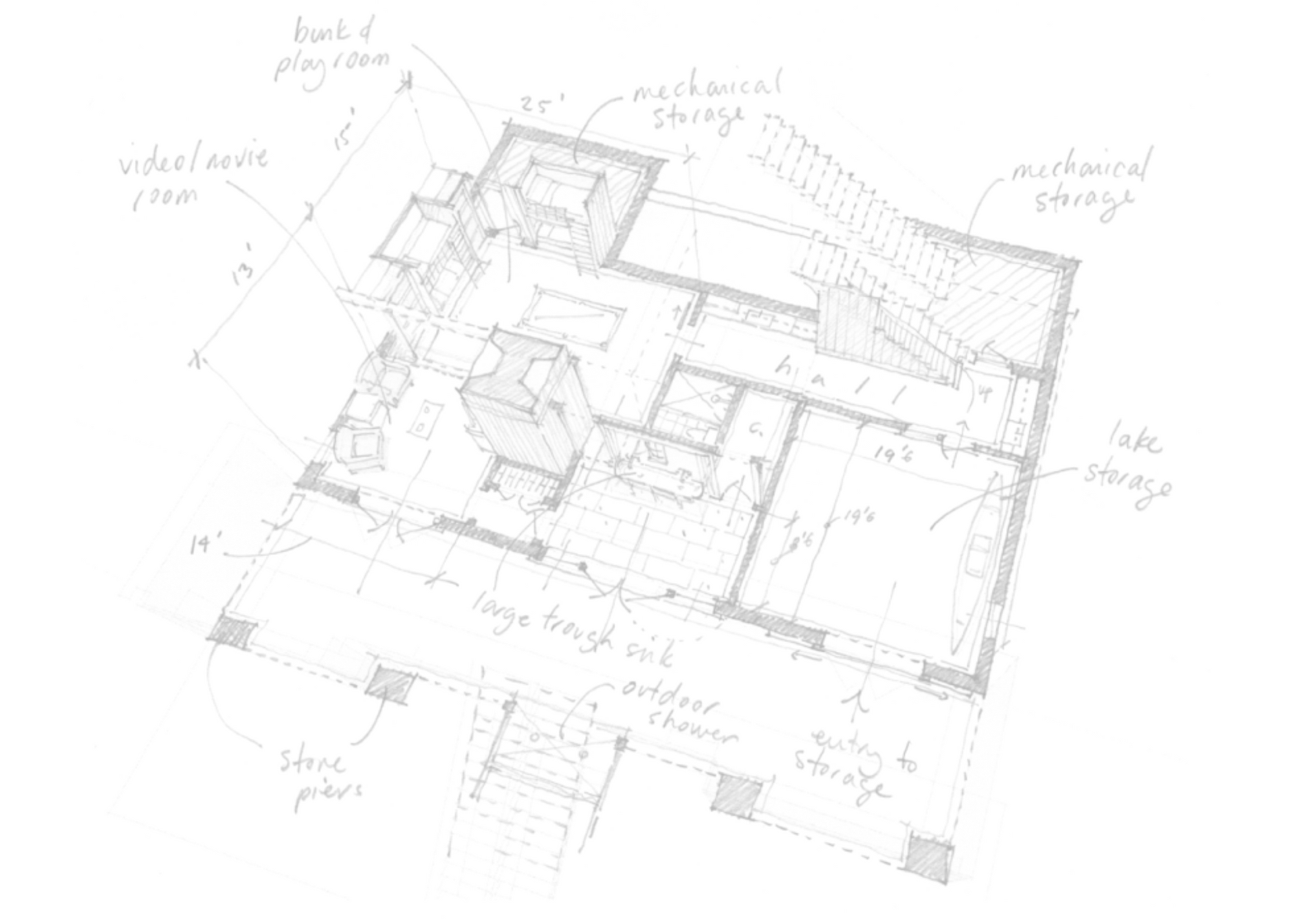Why CDA Architects Are Leaders in Architectural Layout and Innovation
Why CDA Architects Are Leaders in Architectural Layout and Innovation
Blog Article
The Crucial Function of a Designer in Shaping Lasting Urban Environments for Future Generations
The duty of an architect in crafting lasting metropolitan settings is increasingly essential in responding to the difficulties of climate adjustment and urbanization. By flawlessly incorporating ecological principles right into their styles, architects not only enhance the visual and functional quality of city spaces however additionally address pressing problems such as power efficiency and social equity. Their proficiency in ingenious products and area engagement shapes advancements that reverberate with regional worths and desires. As we discover the intricacies of this area further, it becomes apparent that the future of metropolitan living might pivot on the actual techniques architects employ today.

Recognizing Sustainable Urban Design
Sustainable urban design integrates eco-friendly concepts with metropolitan preparation to develop atmospheres that are not only comfortable however likewise resilient. This strategy stresses the value of incorporating all-natural systems into the city material, guaranteeing that advancement meets the needs of the existing without endangering the capability of future generations to meet their own needs. Crucial element of lasting urban design include reliable land usage, the promotion of biodiversity, and the integration of environment-friendly spaces, every one of which contribute to improved lifestyle for homeowners.
In addition, sustainable urban style focuses on the reduction of the urban warm island result, improved air quality, and efficient stormwater monitoring. It encourages making use of eco-friendly sources and energy-efficient building methods, which significantly lower carbon impacts. Additionally, lasting city design promotes social equity by developing accessible public areas and advertising mixed-use developments that accommodate diverse populaces.
With thoughtful preparation and cutting-edge style strategies, sustainable urban environments can improve neighborhood strength versus climate change while cultivating financial advancement. This holistic method not only addresses immediate urban challenges however likewise lays the foundation for healthier, much more sustainable cities for generations to find.
Secret Responsibilities of Architects
Architects play a crucial function fit lasting city environments by equating style principles into tangible structures and areas. Their duties incorporate a large range of activities that add to the overall success of city style projects.
Firstly, architects perform comprehensive site evaluations to comprehend the environmental, social, and social context of their tasks. This foundational knowledge educates their style decisions, making certain that structures harmonize with their environments. cda architects. They also participate in collective procedures with stakeholders, including city planners, designers, and the community, cultivating an inclusive strategy to metropolitan development
In addition, designers are tasked with developing styles that maximize energy effectiveness, resource conservation, and capability. They need to adhere to neighborhood zoning legislations, building codes, and sustainability accreditations, guaranteeing compliance while pressing the limits of advancement.
Additionally, engineers are accountable for managing the design procedure, collaborating with various experts throughout the building phase to ensure that the vision is understood accurately. Inevitably, their function is not entirely about appearances; it has to do with developing resistant, flexible rooms that enhance the lifestyle for existing and future generations, preparing for lasting metropolitan living.
Ingenious Materials and Techniques
In the search of ecologically accountable design, cutting-edge materials and techniques have emerged as crucial aspects in the creation of lasting urban settings. Designers are increasingly utilizing products that minimize ecological impact while improving power efficiency. Recycled materials, such as reclaimed wood and repurposed metals, not just lower waste yet likewise add distinct aesthetic top qualities to frameworks.
Furthermore, improvements in Check This Out innovation have led to the development of high-performance products, such as shielded concrete forms (ICFs) and solar glass, which add to power preservation and harness renewable resource. cda architects. Strategies such as easy solar design and green roof coverings additionally exemplify how style can integrate with all-natural systems, decreasing reliance on artificial heating and cooling
Moreover, the integration of smart materials, which adapt to environmental adjustments, offers appealing opportunities for improving structure performance. These materials can respond to temperature variations or wetness degrees, enhancing convenience and sustainability.
Eventually, the strategic option and application of innovative products and methods empower designers to create metropolitan spaces that are not only useful and visually pleasing but additionally durable and eco accountable, guaranteeing a lasting future for generations to come.

Community Interaction and Cooperation
The success of innovative materials and methods in lasting urban design is significantly improved by energetic community involvement and collaboration. Designers have to recognize that the developed setting profoundly impacts the lives of regional homeowners, making it vital to involve them in the design process. Engaging the community cultivates a feeling of possession and responsibility, making sure Read Full Article that developments not just satisfy aesthetic and useful requirements however likewise mirror the worths and ambitions of those that populate them.
Cooperation with varied stakeholders-- consisting of city governments, ecological groups, and homeowners-- allows architects to gather beneficial understandings and comments. This inclusive approach can cause more lasting solutions that address specific community obstacles, such as accessibility, environment-friendly rooms, and power performance. In addition, by promoting workshops and public forums, designers can grow dialogue and understanding, which inevitably enriches the layout process.
Successful neighborhood interaction likewise assists in focusing on social equity within metropolitan development. By taking into consideration the voices of marginalized populations, designers can produce spaces that are comprehensive and equitable. In this method, area involvement and cooperation end up being indispensable to accomplishing absolutely lasting urban atmospheres that offer the demands of present and future generations.
Future Trends in Sustainable Design

In addition, innovations in technology are forming future fads in lasting architecture. The assimilation of clever products and structure systems permits real-time energy management, improving efficiency and minimizing carbon impacts. Developments such as eco-friendly roofing systems, living wall surfaces, and click for more info energy-generating exteriors are ending up being typical techniques, better advertising environmental balance within urban environments.
Furthermore, a change in the direction of biophilic layout is obtaining traction, highlighting the connection in between nature and human health. By including natural environments, architects produce areas that foster mental wellness while promoting biodiversity.
Conclusion
To conclude, architects are crucial in progressing lasting urban settings through their competence in style, cutting-edge materials, and community involvement. By focusing on power efficiency and resource conservation, these professionals add to the production of resistant city spaces that meet the needs of present and future generations. The combination of environmental principles not just enhances livability yet likewise promotes social equity, guaranteeing advancements resonate with the worths and goals of the areas they offer.
Report this page